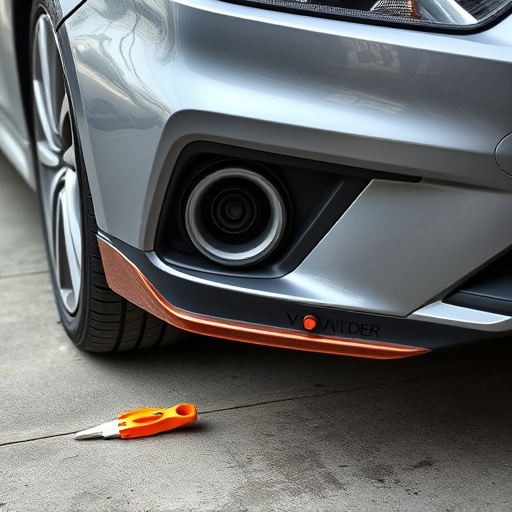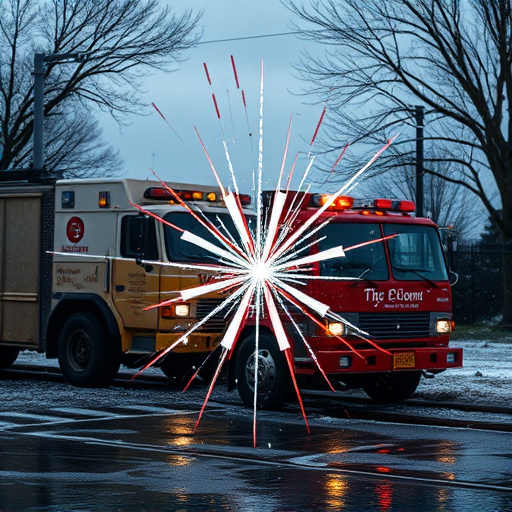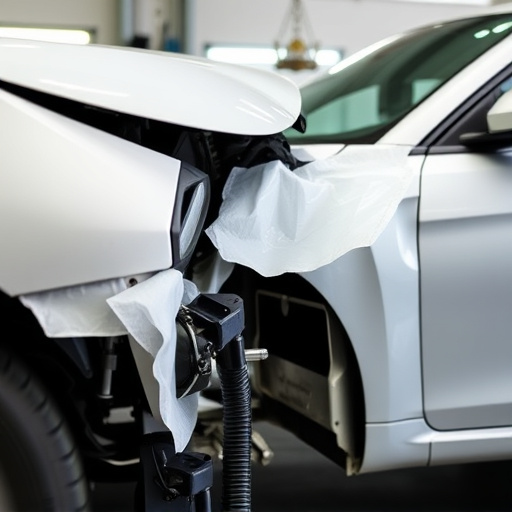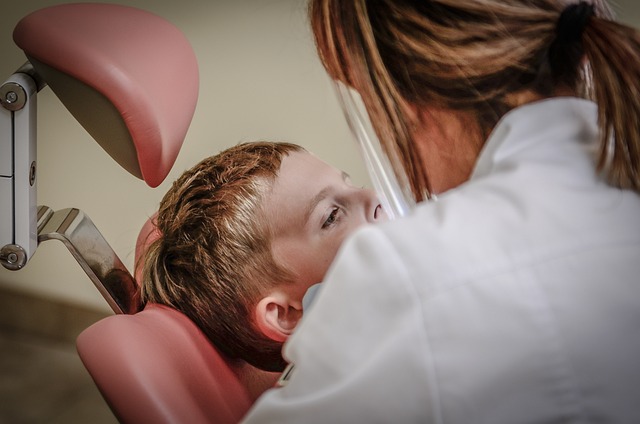Post-accident, conduct a detailed transmission inspection focusing on fluid leaks, oil levels, and unusual noises. Skilled mechanics assess performance during road tests, checking for gear issues, bearing wear, and heat buildup. Prompt attention to these signs prevents severe engine damage, ensuring safe and optimal vehicle operation after any collision.
After a collision, detecting transmission issues is crucial for safe driving. This comprehensive guide walks you through essential steps in identifying problems. Assess liquid leaks and oil levels to spot potential damage. Listen for unusual noises during transmission testing to uncover internal problems. Verify performance and response during a road test inspection to confirm any lingering issues. Remember, prompt detection and repair are key to maintaining your vehicle’s safety and reliability following an accident.
- Assess Liquid Leaks and Oil Levels After a Collision
- Check for Unusual Noises During Transmission Testing
- Verify Performance and Response During Road Test Inspections
Assess Liquid Leaks and Oil Levels After a Collision

After a collision, one of the critical steps in a transmission inspection is to assess any liquid leaks and oil levels. During an accident, various fluids within your vehicle can be compromised. Check for leaks from the engine oil, coolant, brake fluid, and transmission fluid. Even small drips can indicate significant damage internally. It’s essential to address these issues promptly as ignoring them could lead to further complications, including severe engine damage.
Open the hood and inspect the engine bay carefully. Look for any visible signs of fluids pooling or dripping. Additionally, check the levels of key fluids using the vehicle’s dipstick. Ensure that the oil level is within the recommended range, and top up if necessary. A transmission inspection after an accident also involves verifying that the coolant and brake fluid levels are adequate, as these systems are vital for safety and performance. If you notice any anomalies or significant drops in fluid levels, it may be time to consult a professional mechanic who specializes in vehicle body repair, including car paint services and transmission repairs, to prevent further transmission issues.
Check for Unusual Noises During Transmission Testing

During a transmission inspection after a collision, paying close attention to unusual noises can be a valuable indicator of potential issues. When testing the transmission, listen for any erratic or abnormal sounds coming from the drivetrain or transmission housing. A fender bender or minor auto collision center visit might not immediately reveal serious damage, but peculiar whining, grinding, or clicking noises could signal problems such as damaged gears, worn bearings, or leaks within the transmission system. These sounds may become more pronounced when shifting gears or accelerating, making them easier to detect during a test drive.
Transmission inspection after an accident is crucial in identifying hidden collision damage repair needs. While some issues might be immediately apparent, others could go unnoticed without thorough testing. Unusual noises are often the first signs of trouble and can guide mechanics towards further diagnostics. Remember, a fender bender doesn’t always mean minimal damage; it’s important to conduct a comprehensive transmission inspection to ensure everything is functioning optimally and safely on the road.
Verify Performance and Response During Road Test Inspections

After a collision, one of the critical steps in diagnosing potential issues is performing a thorough transmission inspection. During road test inspections, carefully verify the vehicle’s performance and response. Pay close attention to any irregular shifting patterns, unusual noises, or fluid leaks. A skilled mechanic will assess the transmission’s operation by putting the car through its paces on various terrain and speeds.
This process involves observing how the transmission responds under stress, ensuring smooth transitions between gears. Any delays, hesitations, or violent movements could indicate damage. Additionally, checking for excessive heat buildup can reveal internal issues. If concerns arise during these inspections, further diagnostics may be required, leading to a more detailed examination of the car’s collision repair needs, including dent removal and other necessary repairs.
After a collision, a thorough transmission inspection is crucial to detect any potential issues. By assessing liquid leaks, checking unusual noises during testing, and verifying performance during a road test, you can ensure that your vehicle’s transmission is in optimal condition post-accident. These steps are essential for a complete evaluation and help prevent future problems, ensuring a safe and reliable driving experience.














